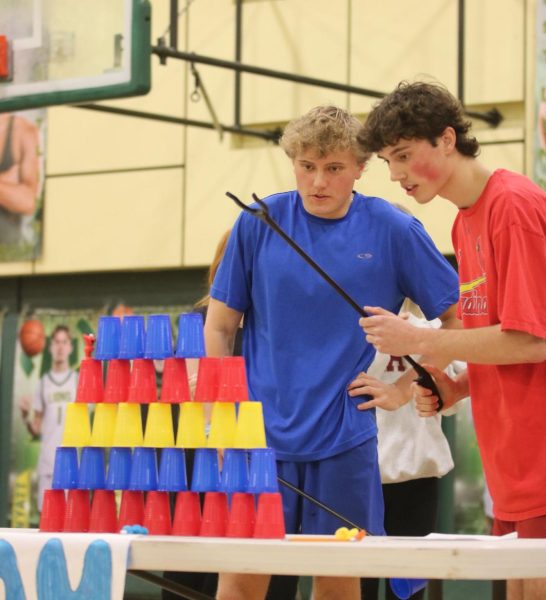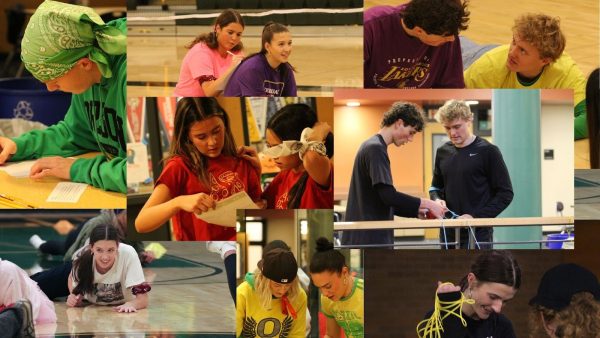Creating a safe space
Counselors, administration work to protect students from bullying
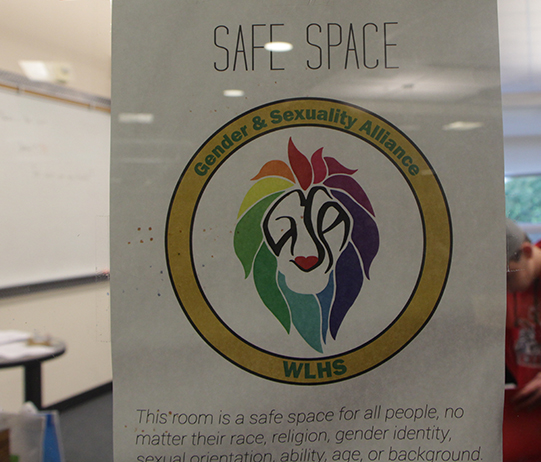
The poster frequently found in classroom windows promotes creating a free space for students to be themselves,
Twenty percent of American high school students have been bullied, according to the U.S. Department of Health and Human Services. The same statistic says that 71 percent of young people have seen bullying happen within their school.
The state of Oregon is no exception. Bully Police USA estimates that there are 47,138 victims of bullying in schools in this state.
Greg Bean, school counselor, has helped students deal with bullying in his career.
“A lot of the times, we just try and get to the bottom of it, as to the students perspective of what’s happening and why they think it might be happening,” Bean said. “Sometimes our job is to figure out both parts of the situation.”
However, if bullying occurs outside of school or online, school officials enter a gray area in terms of whether or not they are allowed to interfere.
“The reality is that, if it is stuff that is happening off campus, there isn’t really a ton we can do about it until it starts carrying over to how people are affected on campus,” Bean said. “If it affects their safety here, we still have the opportunity to get involved, whether it’s talking to the students or providing consequences for continued things.”
However, Bean says that he is willing to do whatever necessary for students to feel safe in their school environment.
“As a counselor, if we ever feel like a student’s safety or someone else’s safety is at stake in a conversation or a situation, it’s our obligation to get involved at whatever aspect,” Bean said.
Paul Hanson, assistant principal, believes that he and his co-workers will continue to make an effort to prevent bullying.
“I think it’s just […] creating a very warm and safe place,” Hanson said. “And so, I think it’s continuing to listen to the needs of our students and being really responsive to that,”
Your donation will support the student journalists of West Linn High School. Your contribution will allow us to continue to produce quality content by purchasing equipment, software, and continuing to host our website on School Newspapers Online (SNO).
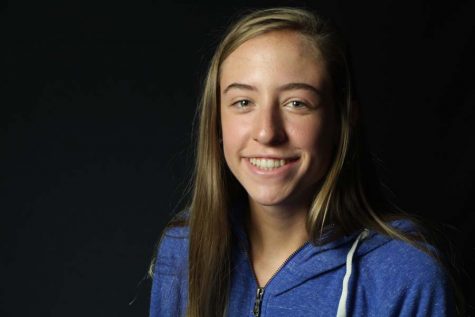
Freshman year can be intimidating time: being mixed in with students who are legal adults and about twice your size, having six class periods with a minimum...
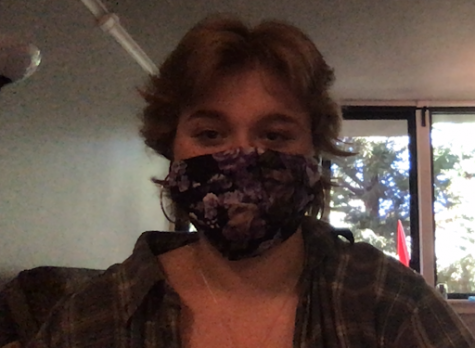
Matilda Milner, senior, has been on the wlhsNOW staff since the first day of her freshman year of high school. Rising through the ranks, she has now arrived...


![Reaching out. Christopher Lesh, student at Central Catholic High School, serves ice cream during the event on March 2, 2025, at the Portland waterfront. Central Catholic was just one of the schools that sent student volunteers out to cook, prepare, dish, and serve food. Interact club’s co-president Rachel Gerber, junior, plated the food during the event. “I like how direct the contact is,” Gerber said. “You’re there [and] you’re just doing something good. It’s simple, it’s easy, you can feel good about it.”](https://wlhsnow.com/wp-content/uploads/2025/03/interact-1-edited-1200x744.jpg)

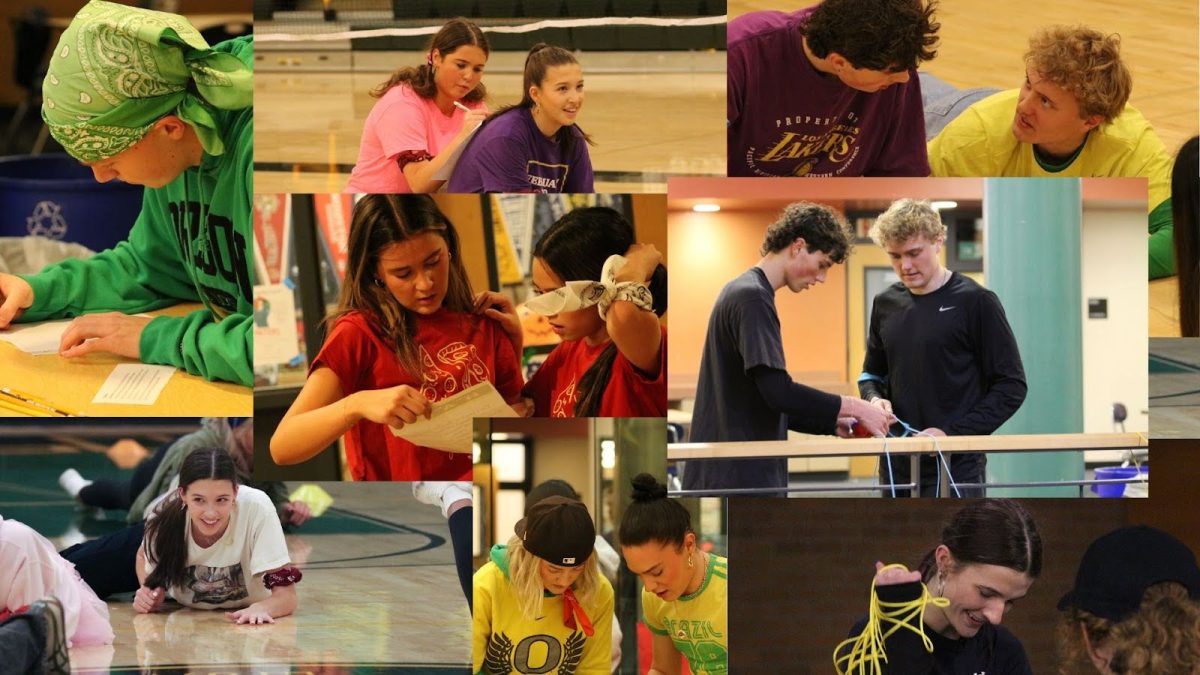

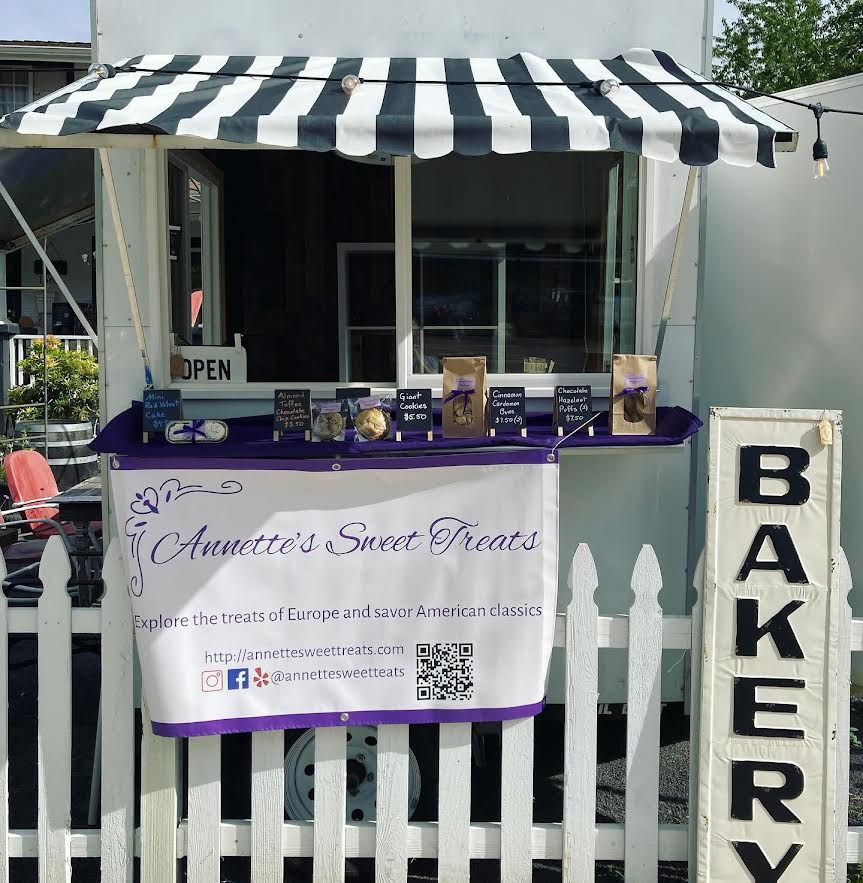





















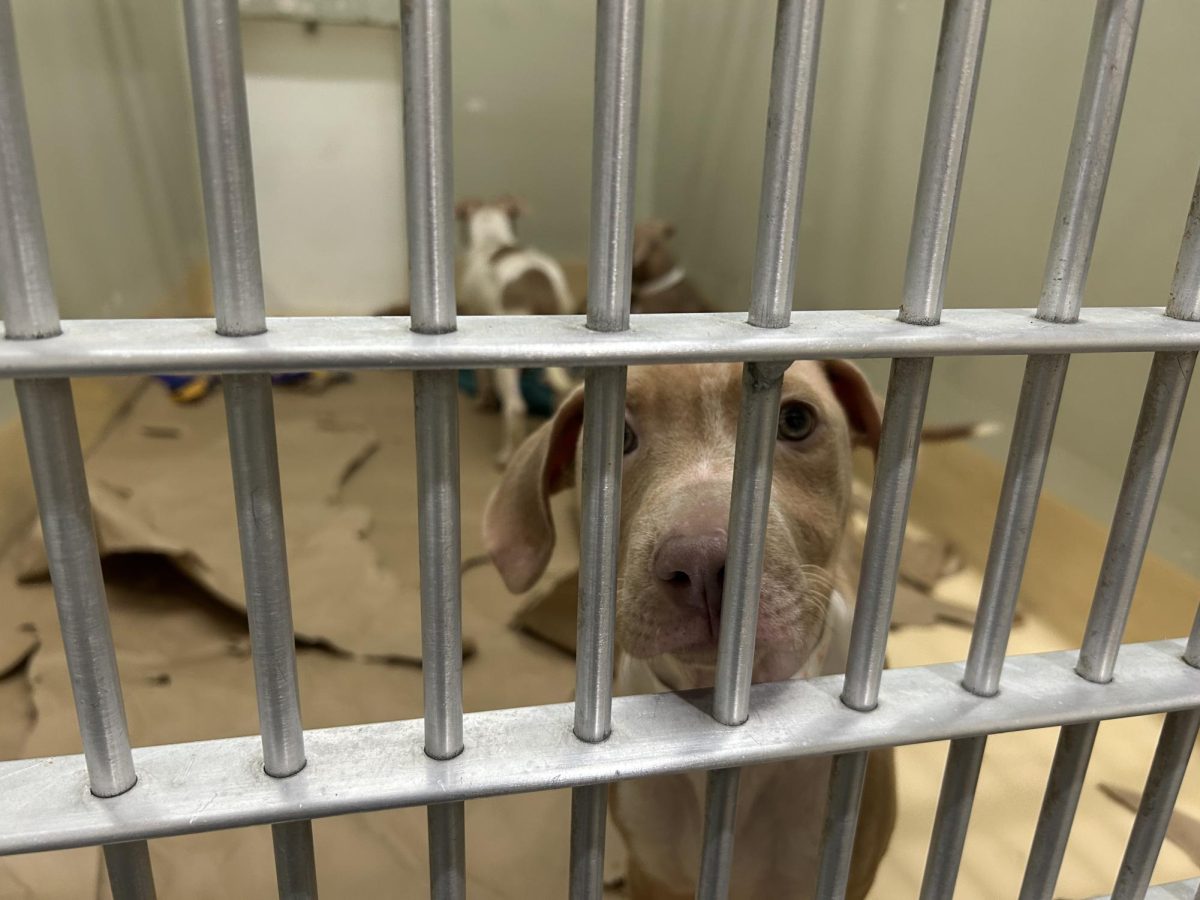

















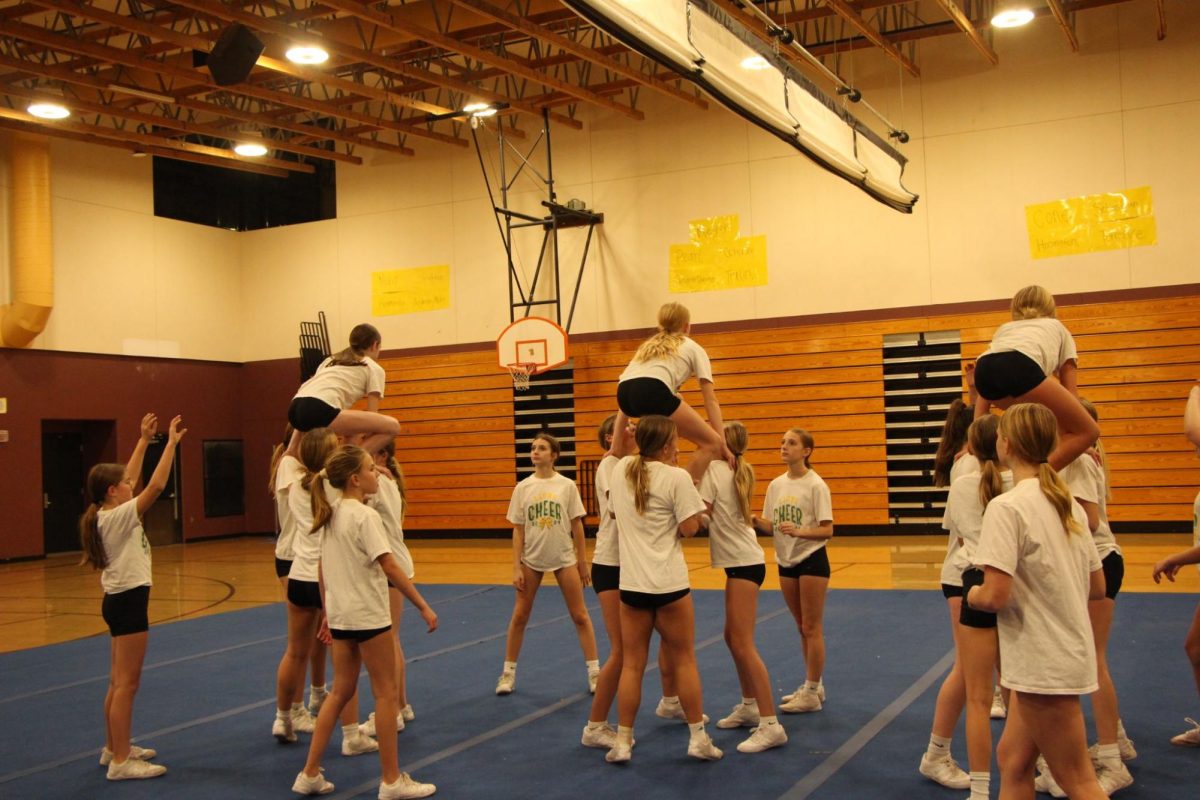
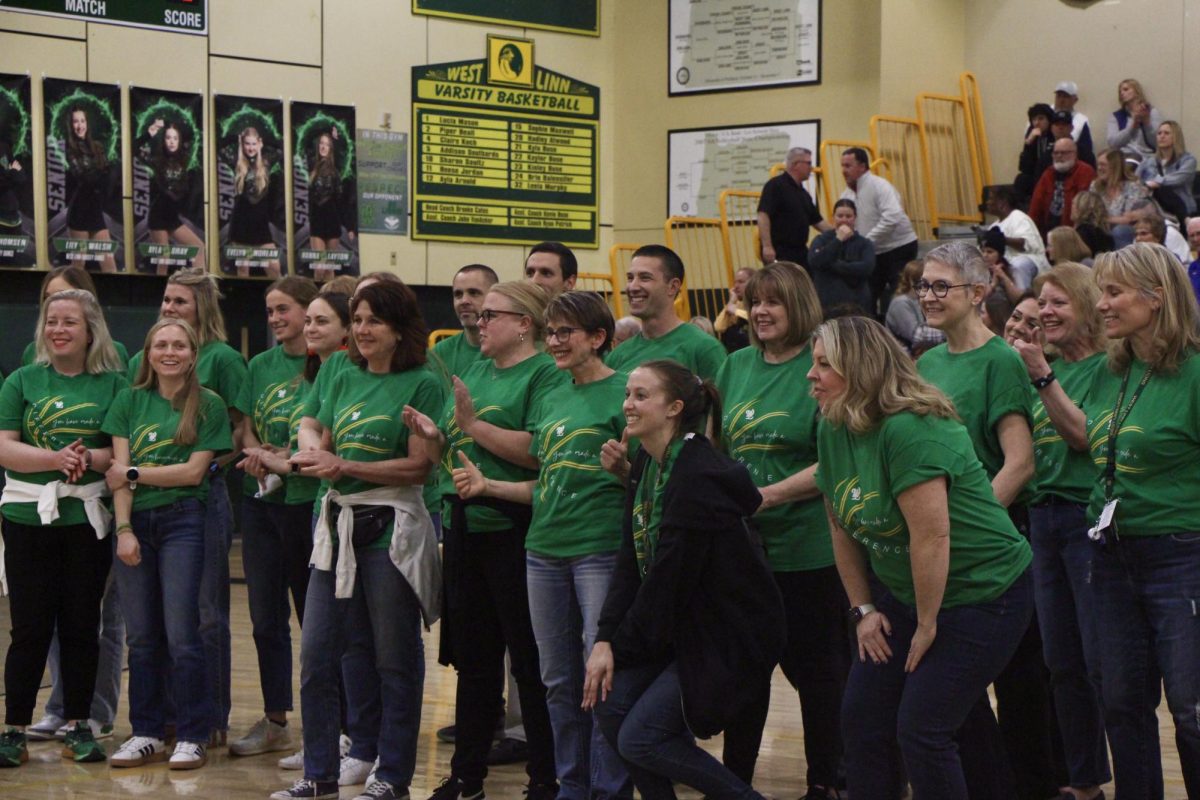
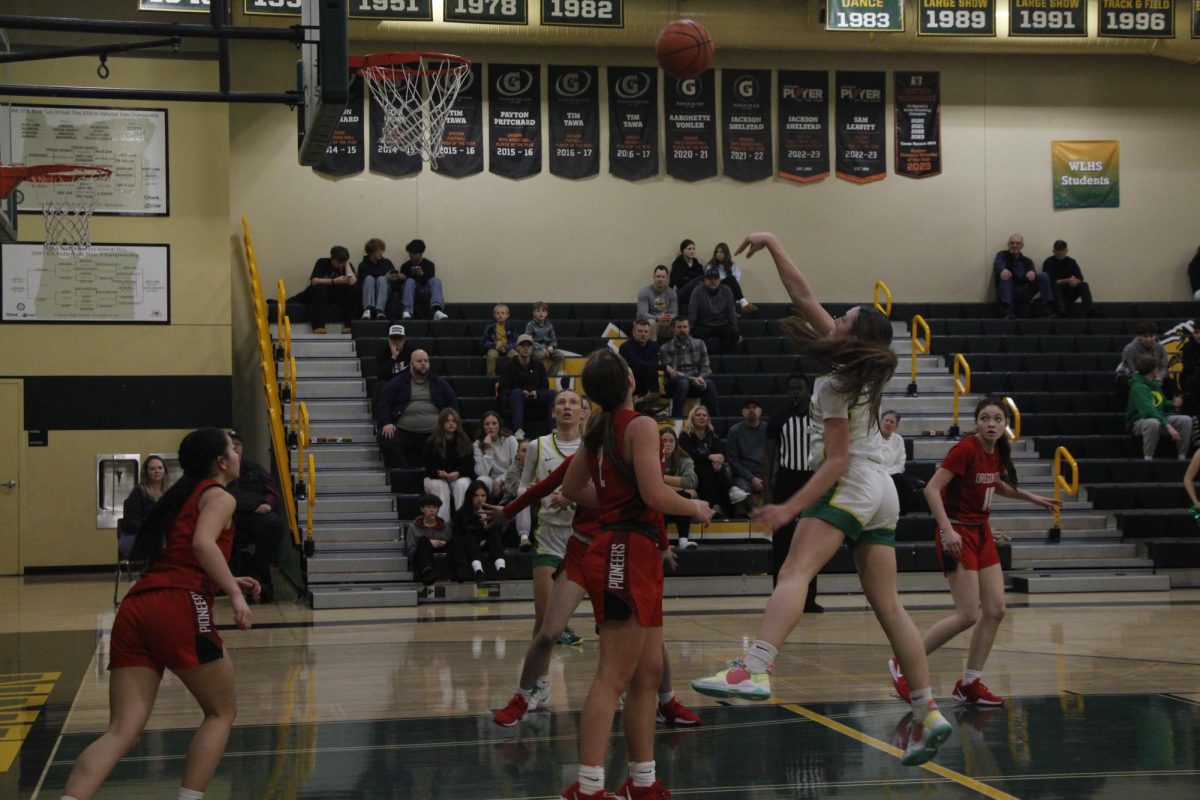









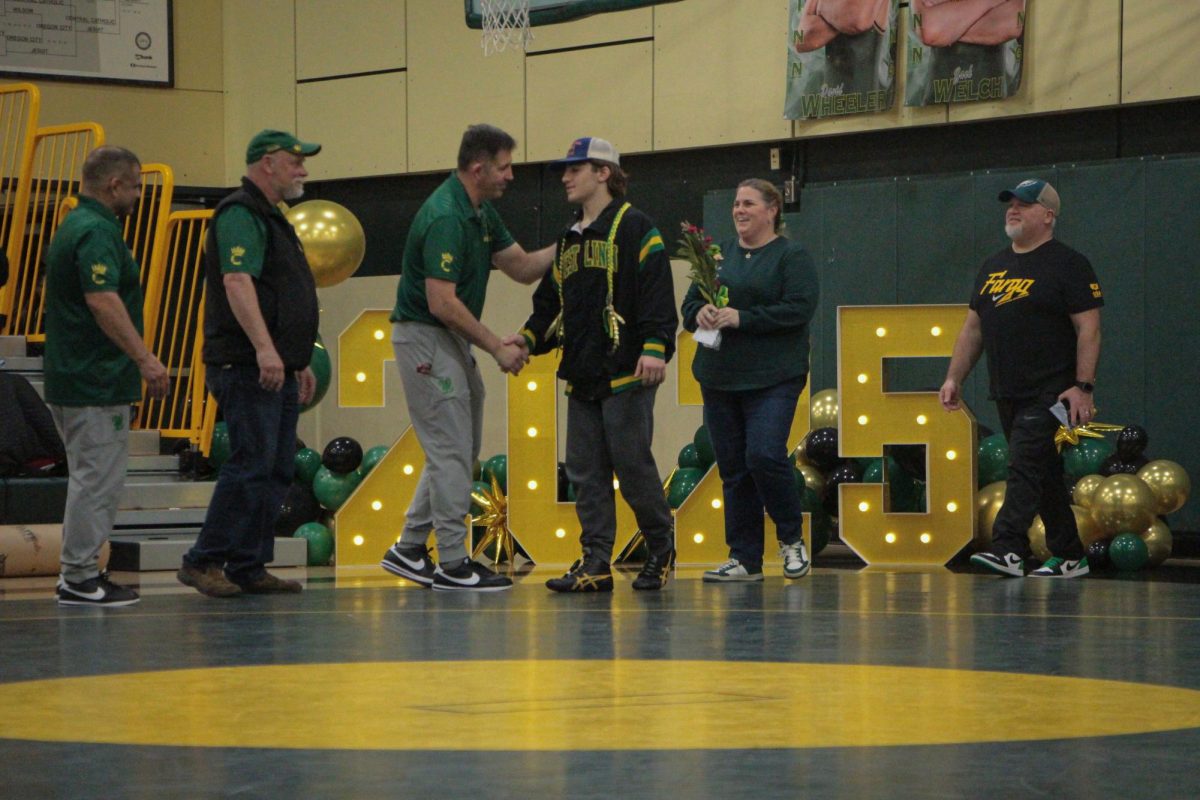

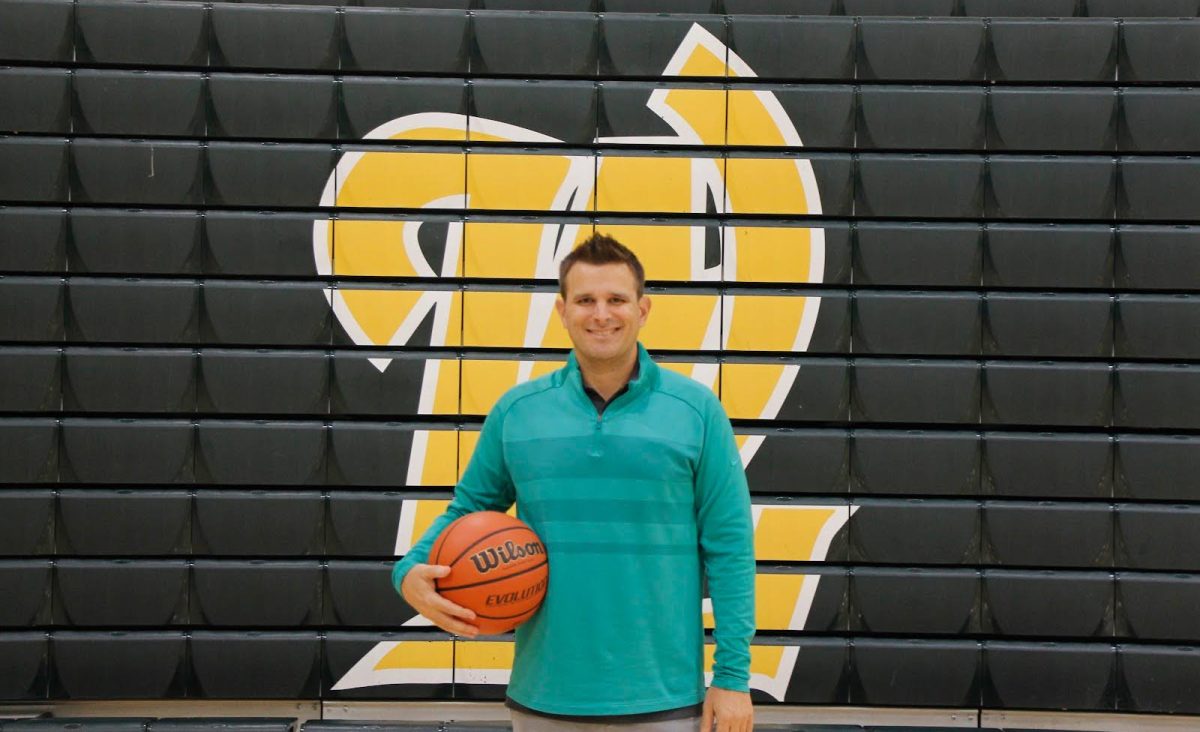



![At the bottom of the third inning, the Lions are still scoreless. Rowe stands at home plate, preparing to bat, while Vandenbrink stands off to the side as the next batter up. Despite having the bases loaded, the team was unable to score any runs. “It’s just the beginning of the season. We’re just going to be playing out best by June, [and] that’s where champions are,” Rowe said.](https://wlhsnow.com/wp-content/uploads/2024/03/IMG_3077-1200x900.jpg)












































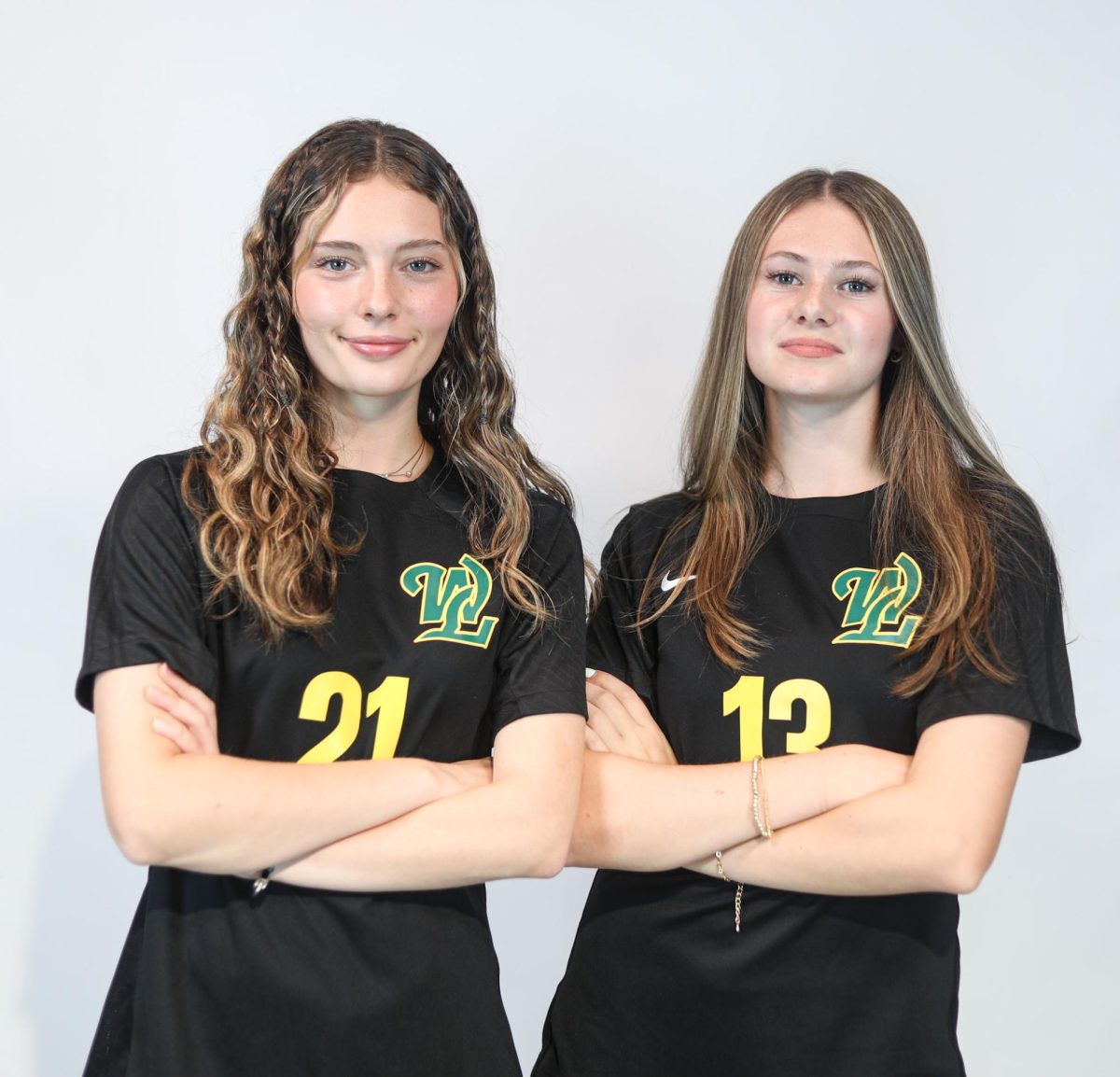
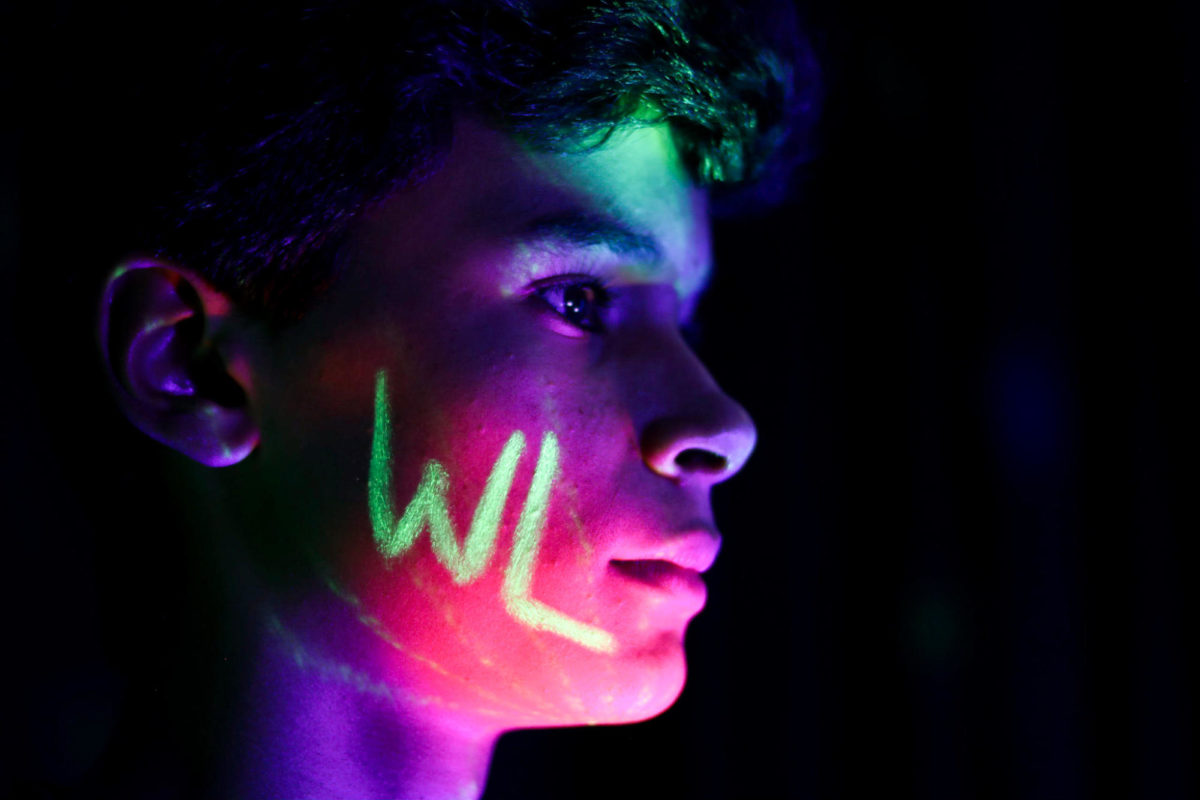






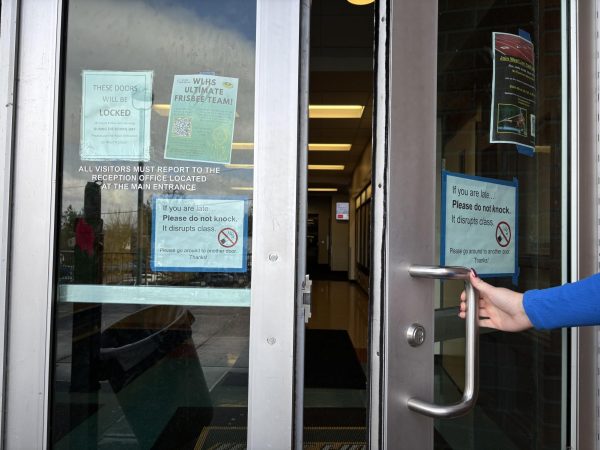
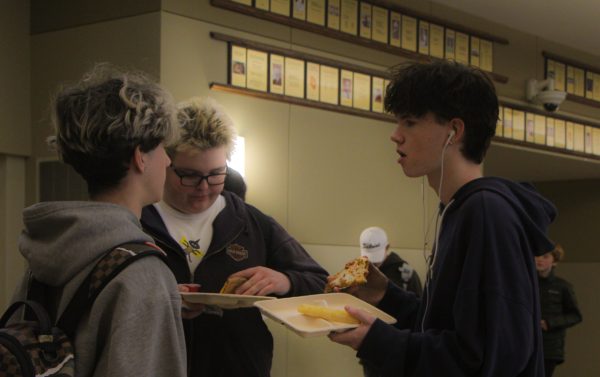

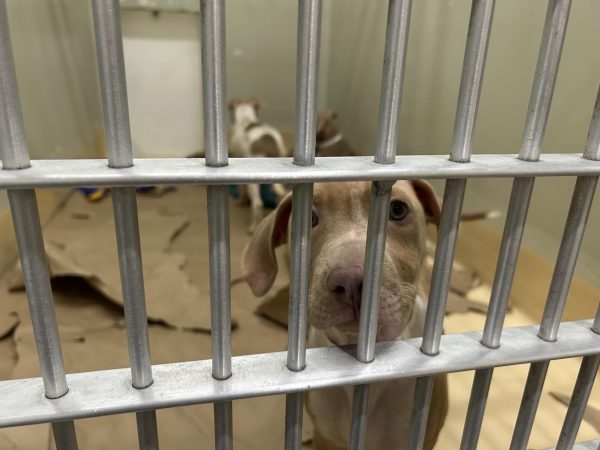

![Reaching out. Christopher Lesh, student at Central Catholic High School, serves ice cream during the event on March 2, 2025, at the Portland waterfront. Central Catholic was just one of the schools that sent student volunteers out to cook, prepare, dish, and serve food. Interact club’s co-president Rachel Gerber, junior, plated the food during the event. “I like how direct the contact is,” Gerber said. “You’re there [and] you’re just doing something good. It’s simple, it’s easy, you can feel good about it.”](https://wlhsnow.com/wp-content/uploads/2025/03/interact-1-edited-600x372.jpg)
